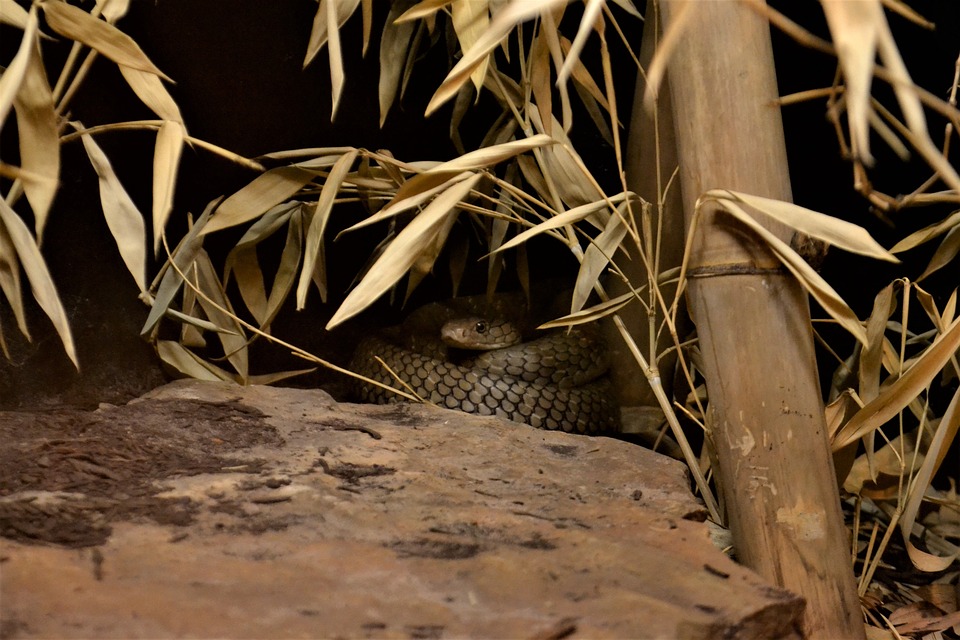When it comes to venomous snakes, most people initially think of vipers or cobras. However, the snake world is much more diverse and full of lesser-known but equally dangerous species. One such group is the venomous colubrids, a family of snakes that often go unnoticed because of their lack of bright warning colors or dramatic displays. Nevertheless, these snakes are not to be underestimated.
An Introduction to Venomous Colubrids
Venomous colubrids belong to the Colubridae family, the largest snake family that makes up about two-thirds of all known snake species. While most colubrids are non-venomous, some can deliver mild to severe venom through their bites. Despite the worldwide distribution of colubrids, venomous colubrid species are primarily found in Africa, Asia, and Central and South America.
Common Venomous Colubrids Species
Some of the more commonly known venomous colubrid species include:
- Boomslang (Dispholidus typus) – Known for its uniquely large eyes and potent hemotoxic venom, the Boomslang can be found in sub-Saharan Africa. A bite from a Boomslang can cause severe internal bleeding, and if left untreated, can lead to death.
- Twig Snake (Thelotornis kirtlandii) – Also known as the bird snake or vine snake, this African species is arboreal and possesses a venom similar to that of the Boomslang. Bites can cause blood clotting disorders, which can become life-threatening if not treated.
- Rhabdophis (Rhabdophis spp.) – A genus containing several venomous Asian species, some Rhabdophis snakes can produce a potentially lethal neurotoxin-carrying venom.
Venom and Delivery Mechanism
Unlike the fangs of vipers or elapids, colubrid fangs are positioned on the rear of the upper jaw and are sometimes called “opisthoglyphous” fangs. When a venomous colubrid bites, it has to rotate its jaw and chew to deliver the venom effectively. This means that bites can be less effective in delivering venom compared to front-fanged species; however, this does not imply their venom is any less potent.
Venomous colubrids produce different types of venom, including hemotoxins and neurotoxins. Hemotoxic venom affects the cardiovascular system, coagulation, and damages blood vessels and tissues. Neurotoxic venom, on the other hand, affects the nervous system, potentially causing paralysis and even death.
Dangers and Treatment
Although not as famous as some other venomous snakes, several venomous colubrids can cause life-threatening symptoms and even fatalities if bitten. As with any venomous snake bite, it is essential to seek immediate medical attention and antivenom treatment when available. However, due to the lack of research and awareness, availability of specific antivenom may be limited.
When dealing with an unknown snake, applying general rules of safety is crucial. These include maintaining a safe distance, using tools to handle the snake if necessary, and keeping in mind that every snake has the potential to be venomous.
Conclusion
Venomous colubrids may not be as well-known as other venomous snakes, but their potential danger should not be dismissed. As with all snakes, it is crucial to treat them with respect and maintain proper safety precautions when encountering them in the wild. By increasing awareness and research on venomous colubrids, potential dangers can be more adequately addressed, and treatments can be improved.
Frequently Asked Questions
What is a venomous colubrid?
A venomous colubrid is a snake belonging to the family Colubridae that possesses venom-producing glands and fangs to deliver venom.
Where can venomous colubrids be found?
Venomous colubrids can be found in various regions globally, primarily in Africa, Asia, and Central and South America.
How do colubrids deliver venom?
Colubrids have rear-positioned fangs on the upper jaw, which they use to chew and inject venom into their prey or attackers.
What are some examples of venomous colubrids?
Some examples of venomous colubrids include the Boomslang, Twig Snake, and various species within the Rhabdophis genus.
Are venomous colubrids dangerous to humans?
Some venomous colubrids can pose a danger to humans, causing severe symptoms or even fatalities in some cases. Immediate medical attention is necessary when bitten by a venomous colubrid.

No responses yet